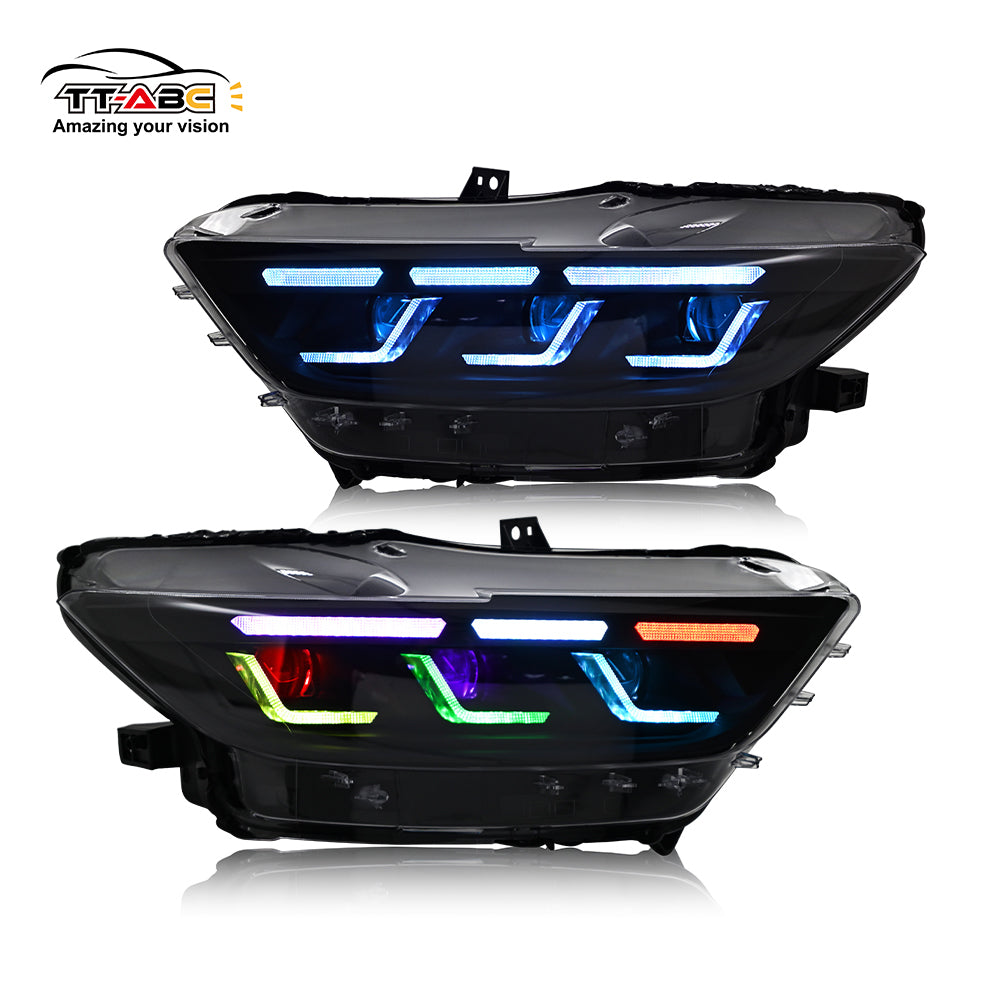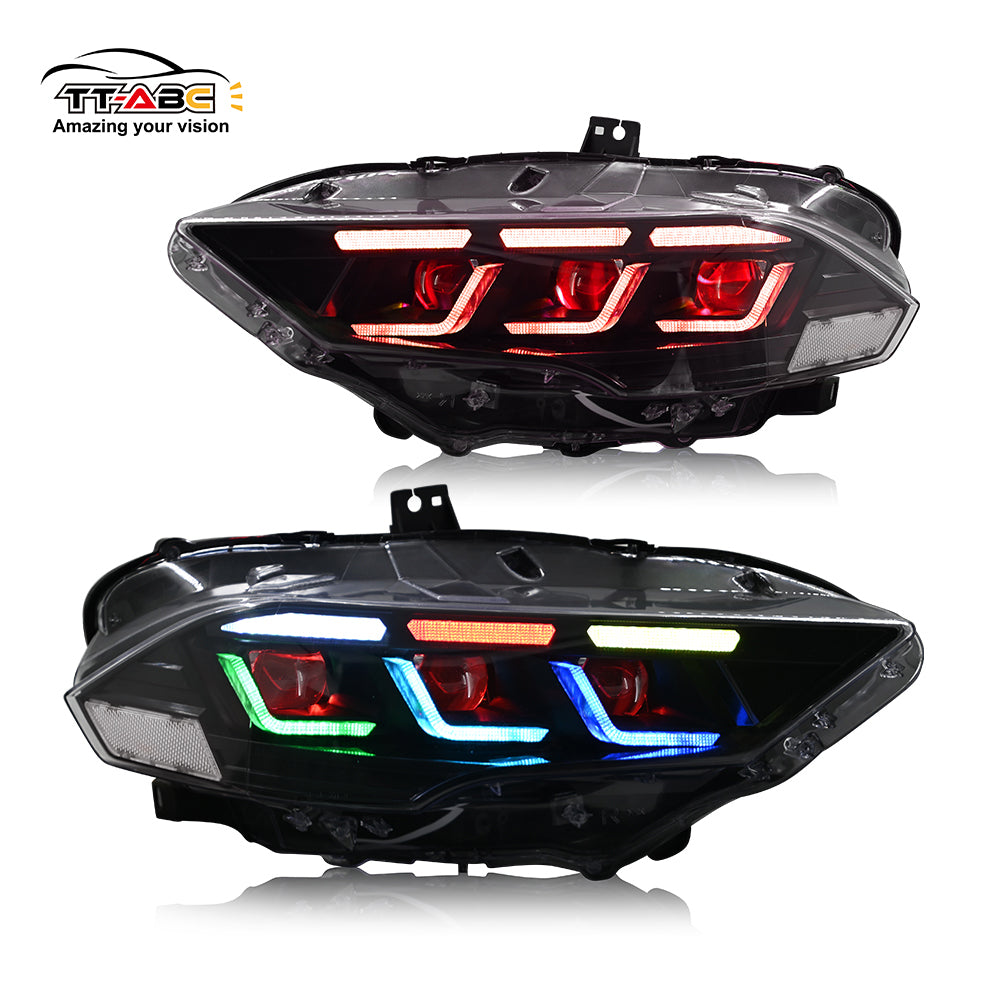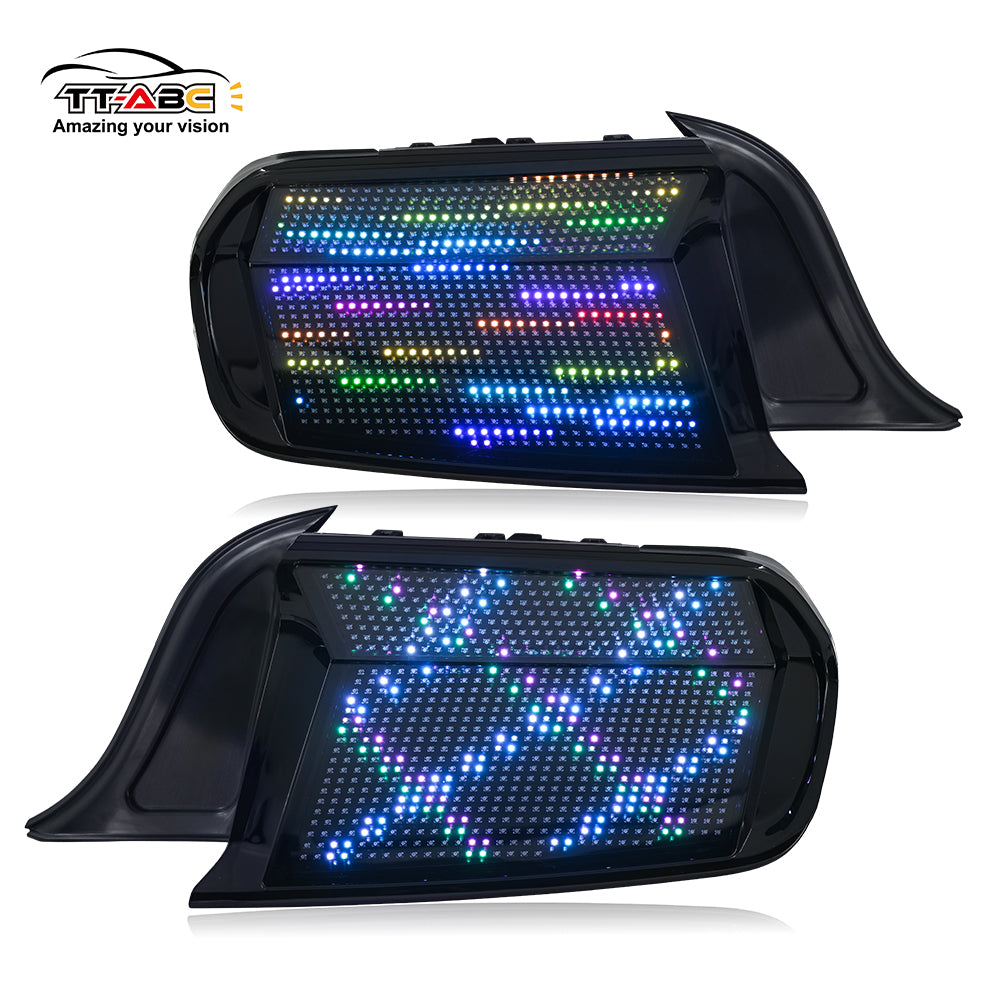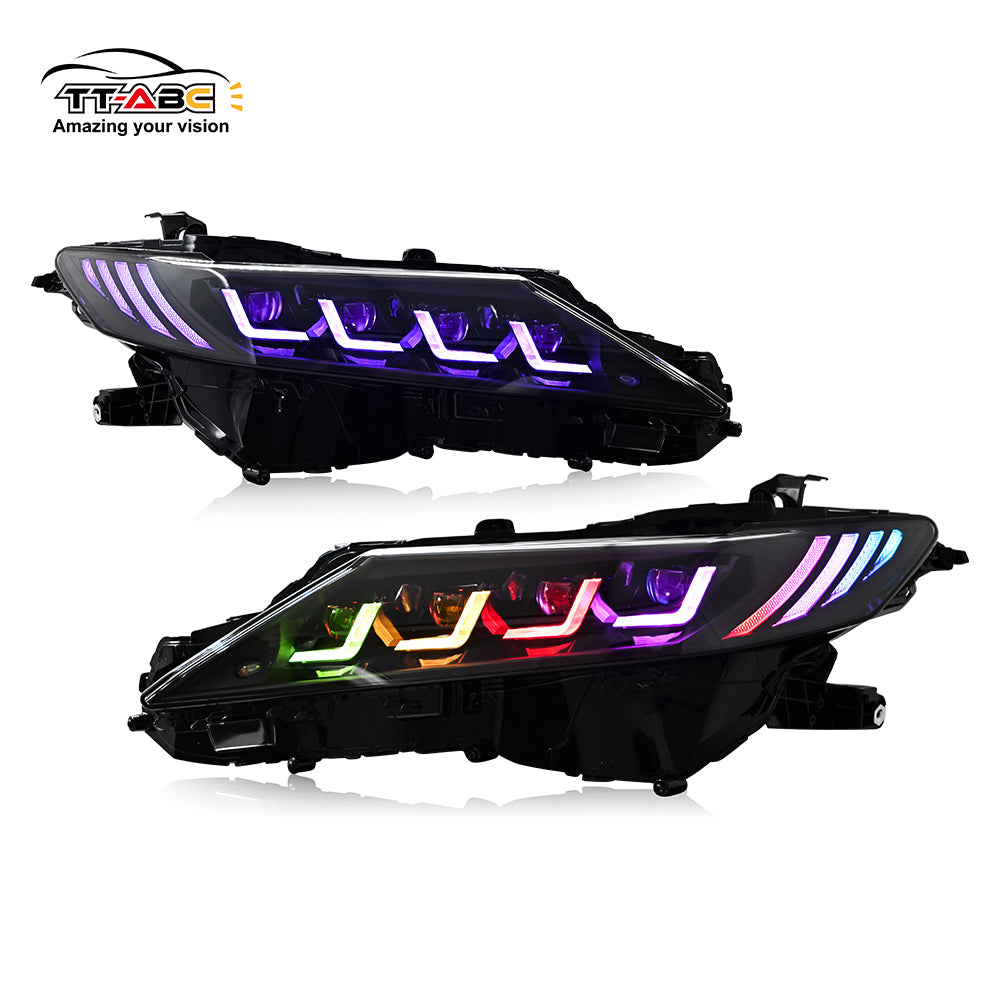Car LED headlights have revolutionized automotive lighting with their advanced technology and numerous benefits. Understanding how they work and how to adjust them is essential for car owners. In this article, we will delve into the working mechanism of car LED headlights, explore their functions, and provide a comprehensive guide on adjusting them for optimal performance.
How Car LED Headlights Work:
Car LED headlights operate based on the following key components and principles:
Light-Emitting Diodes: LED headlights utilize light-emitting diodes as the primary light source. LEDs are semiconductor devices that emit light when an electric current passes through them. They offer high energy efficiency and durability compared to traditional halogen or xenon bulbs.
LED Driver: The LED driver is an electronic component that regulates the electrical current supplied to the LEDs. It ensures a stable power supply, prevents excessive current flow, and protects the LEDs from damage.
Heat Sink: LED headlights generate some heat during operation. To maintain optimal performance and prevent overheating, LED headlights incorporate a heat sink. The heat sink absorbs and dissipates the heat away from the LEDs, ensuring their longevity and consistent performance.
Optical Systems: Car LED headlights employ advanced optical systems to control the direction and distribution of light. These systems include reflectors, lenses, and projectors that help focus and shape the light beam, providing efficient and precise illumination on the road.
Functions of Car LED Headlights:
High Brightness: Car LED headlights produce a significantly brighter light output compared to traditional headlights. This increased brightness enhances visibility, allowing drivers to see farther and detect potential hazards on the road.
Energy Efficiency: LED headlights are highly energy-efficient, converting a large portion of electrical energy into visible light. This efficiency results in lower energy consumption, reducing the load on the vehicle's electrical system and improving fuel efficiency.
Long Lifespan: LED headlights have a longer lifespan compared to halogen or xenon bulbs. They can last tens of thousands of hours, providing car owners with extended durability and eliminating the need for frequent bulb replacements.
Instant On/Off: LED headlights have the advantage of instant illumination. They achieve full brightness almost instantly when turned on, allowing drivers to have immediate visibility. Likewise, they turn off instantly, eliminating the delay associated with traditional bulbs.
How to Adjust Car LED Headlights:
Properly adjusting car LED headlights is crucial for optimal visibility and preventing glare. Here's a step-by-step guide to adjusting them:
Park your vehicle on a level surface facing a wall or garage door.
Locate the adjustment screws or knobs on the headlight assembly. These are usually found at the back or top of the assembly.
Adjust the vertical aim using the appropriate screw or knob. Turn it clockwise to raise the beam and counter-clockwise to lower it. Align the beam height to the manufacturer's recommended specifications.
Adjust the horizontal aim to ensure the beam is properly aligned. Use the corresponding screw or knob to move the beam left or right until it is centered on the wall.
Test the adjusted headlights on the road to ensure proper illumination and beam alignment. Make any necessary fine-tuning adjustments if needed.
Car LED headlights offer high brightness, energy efficiency, and a long lifespan, revolutionizing automotive lighting systems. By understanding their working mechanism and following the adjustment guide, car owners can optimize the performance of their LED headlights, ensuring superior visibility, safety, and a comfortable driving experience. Embracing this advanced lighting technology enhances both the aesthetics and functionality of modern vehicles.





















1 comment
Tim Coffman
hello i purchased bmw e90 xenon headlights from you and the drivers side (L) DRL angel eyes light is noit working.. i have not coded out the adaptive headlight features yet.. could that be the problem?
thanks